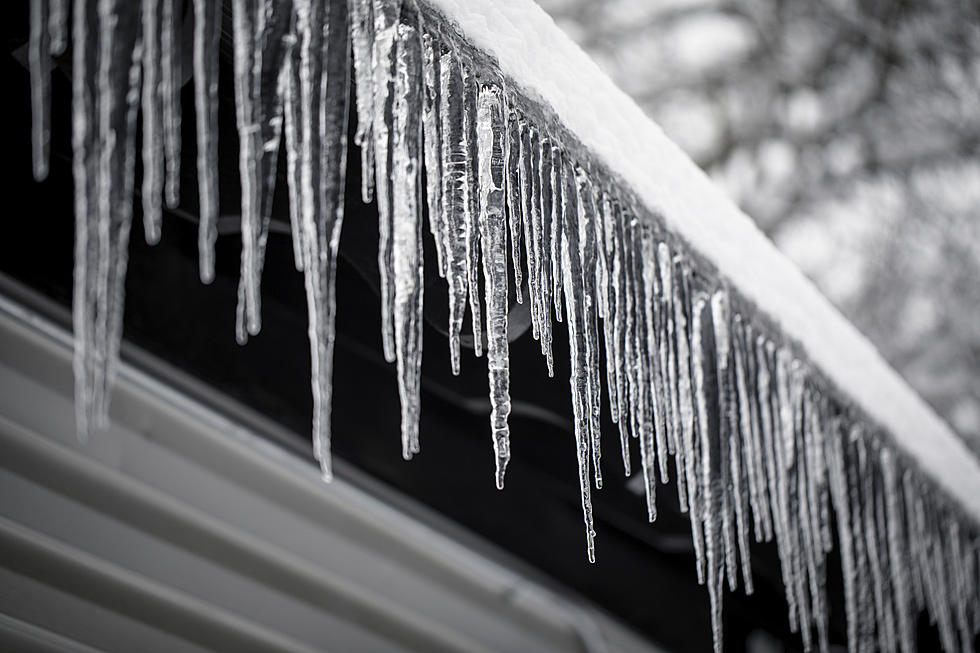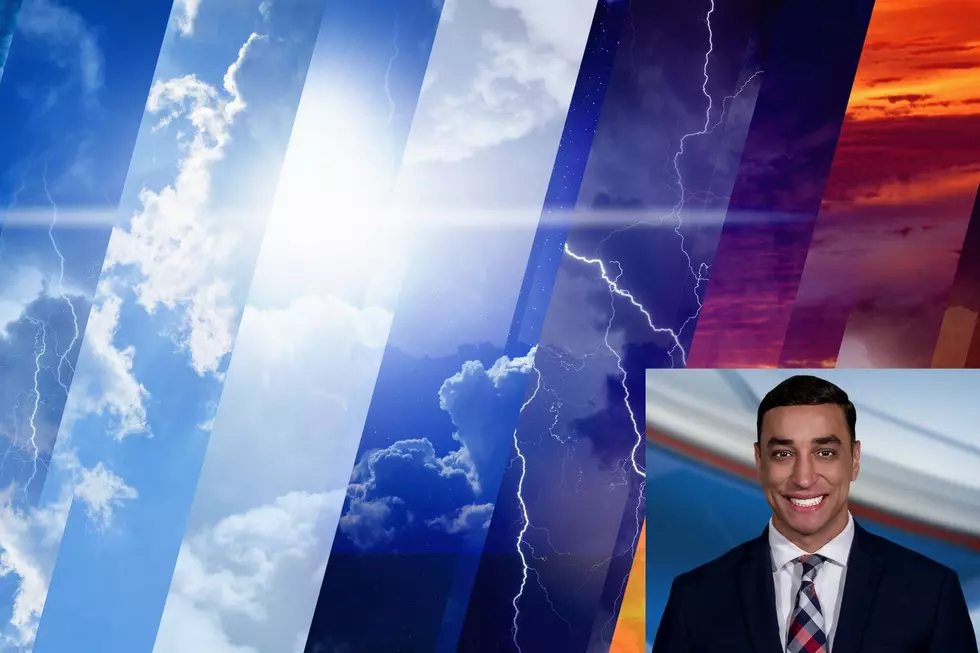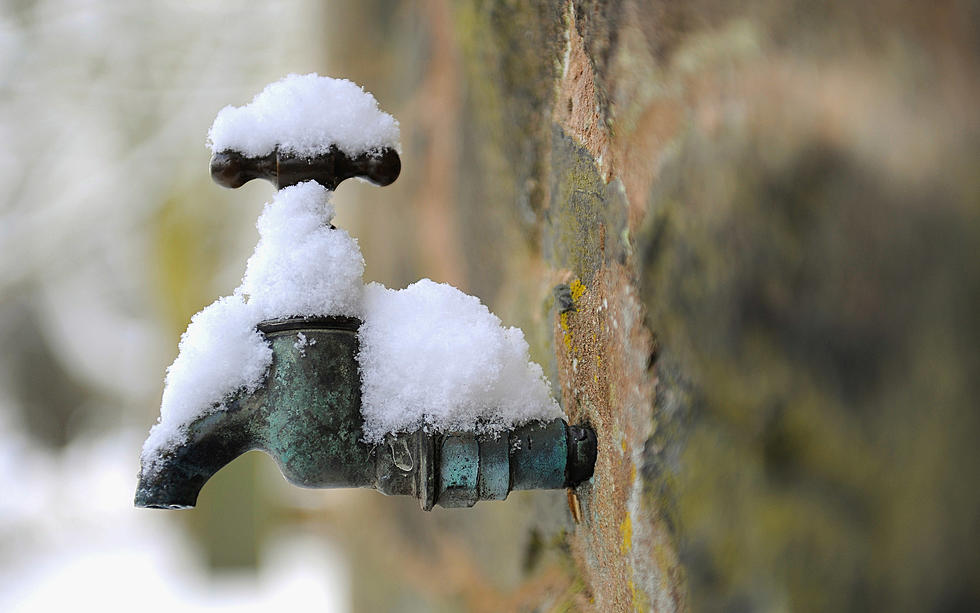
Don’t Let Your Guard Down, We’re Not Done With the Sub-Freezing Temperatures in Lafayette, Louisiana
While we may be done with the sub-freezing temperatures in Acadiana for the next couple of days, don't get too complacent as we have another round of freezing temperatures on the way by the end of the week.
According to our TV partners at KATC-TV 3 and the meteorologists in the Storm Team 3 Weather Lab, we'll be seeing sub-freezing temperatures again on Friday night.
Here's what the next two days look like.
That will be a nice break from the last couple of days when we didn't get above the freezing mark. Hopefully, this will allow for pipes to thaw out.
Winds will be much more relaxed on Wednesday and Thursday, giving the wind chill a break.
But again, don't let your guard down as another cold snap of air will blast through by Friday evening and last through Saturday overnight.
A hard freeze is expected Friday and Saturday night, and as you can see in the graphic above, lows will be back in the 20s.
So keep those pipes wrapped through the weekend. By Sunday, you should be able to lay your foot off the proverbial gas.
While temperatures will remain chilly throughout the weekend, we will eventually warm back up into the upper 60s and low 70s for most of the next week.
Showers will move in on Tuesday and will, unfortunately, stick around through most of the week.
LOOK: The most expensive weather and climate disasters in recent decades
Gallery Credit: KATELYN LEBOFF
More From 97.3 The Dawg








